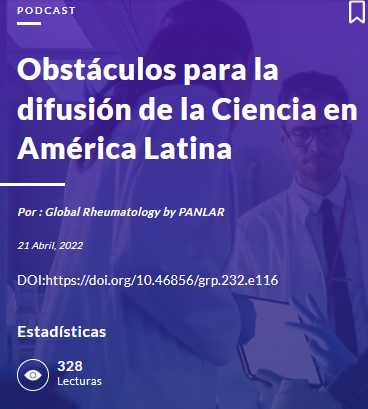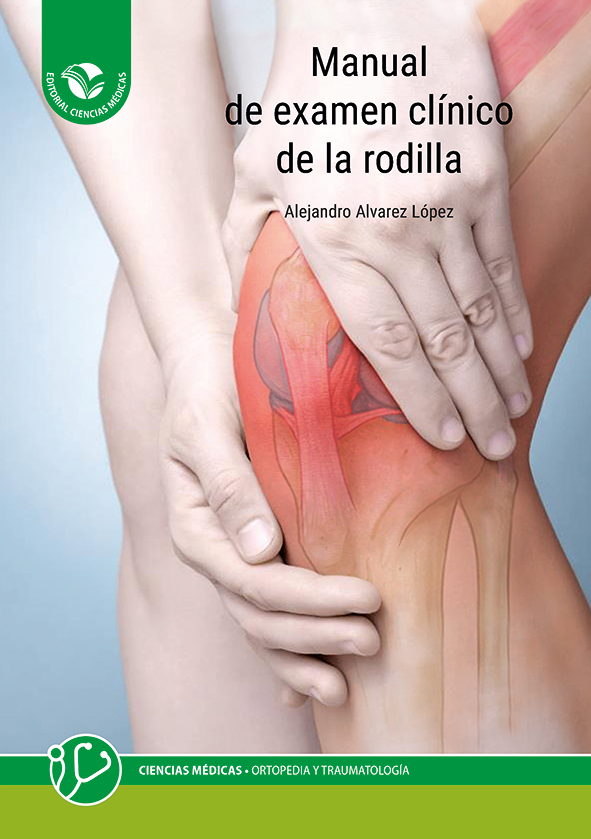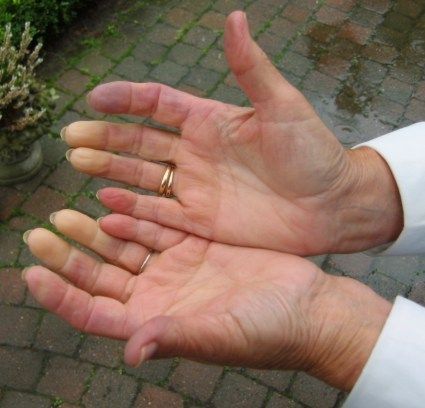Report on Patient Care in Cuba
- Inicie sesión o regístrese para enviar comentarios
Report on Patient Care in Cuba...p.5
Rheumatology News
World-wide News of Rheumatology INTERNATIONAL
Distributed world-wide for SYNTEX as a service to the profesion Vol. 7 No. 5--May 1979
Rheumatology News International
Rheumatology News International
Rheumatology in Cuba Emphasizes
Expanding Patient Care network
____________
How Referral Program Works
Special Report to R.N.I.
HAVANA, Cuba- Since the revolution 20 years ago, Cuba kept stride with the worldwide progress in rheumatology and is developing a long-range program of patient care.
Although rheumatology was recognized as a specialty by the Ministry of Health only two years ago , today there are 10 rheumatologists serving a population estimated at about 10 millions.

Dra. Concepción Castell Perez, chief of rheumatology service.
Through a national system of referral , the rheumatologists see many patients whose diagnoses and treatment have complexities requiring specialists´ attention.
Five of the rheumatologists practice at the October 10th Regional Hospital of Havana , as the team for the ambulatory care program of the Servicio Nacional de Reumatología. For the past 15 years , this service has been the focal point of all rheumatological research and referral care.
Polyclinic Screening
Patients are first seen , usually by primary physicians or internist , at one of Cuba's 350 regional polyclinics which serve about 25,000 patients each. Rheumatic disease patients may then be referred to the ambulatory service at the October 10th Regional Hospital and , when necessary , hospitalized by the Internal Medicine department . But their ambulatory and hospital care remain the concern of the rheumatology team.

Dr. Manuel Mateo Suarez, associate chief of rheumatology
Heading the team is Dr. Concepción Castell Perez , chief of the rheumatology service and auxiliary professor of medicine. She succeeded Dr. Manuel Lombas Garcia , whose pioneering work in rheumatology ended in 1978 with his sudden death of a coronary at the age of 52. Dr. Manuel Mateo Suárez , a professor of internal medicine specializing in rheumatology , is the associate chief of rheumatology. They teach third year medical students in the mornings and examine patients in the afternoons.
In an interview with RHEUMATOLOGY NEWS INTERNATIONAL , Dr. Castell describe the service available at the hospital. The team of five physicians examines about 60 new patients and 250 follow-up patients weekly , she said. In addition , there are three residents in the rheumatology program and a psychologist who gives supportive education to patients and their families.
Role for psychologist
The Cubans believe that rheumatic disease can induce psychological distress , Dr. Castell emphasized , and have recruited psychologist Miriam Ramos Izquierdo to work with patients in group and individual therapy. Where indicated , she refers patients to a psychiatrist.
When surgery is indicated , patients are referred to either or two orthopaedic hospitals in Havana staffed by orthopedists and physiotherapist. Since there are no specialists in physical medicine in Cuba , heat therapies and exercise are supervised by specialized nurses at the orthopaedic hospitals. A unique service in rehabilitation is provided by physiotherapist who go to patients´ homes to administer treatments.

Phychologist Miriam Ramos Izquierdo
Dr. Castell listed the rheumatic diseases encountered and their relative frequency in Cuba. Osteoarthritis, rheumatoid arthritis (both adult and juvenile forms) , and systemic lupus erythematosus dominate in numbers of patients , while scleroderma, ankylosing spondylitis , psoriatic arthropaty , and dermatomyocitis occur with less frequency. The incidence of rheumatic fever has decreased in recent years and is diagnosed mostly in children. Until the age of 14 , such patients are seen at the Pediatric Hospital. Follow-up after 14 years is in adult facilities. As for hyperuricemia and crystal deposition diseases, “We used to think there was no gout in Cuba,” said Dr. Castell, “but when our rheumatology service looked for it, it was found. "About 150 patients per year are now being treated for gout and related diseases.

Rheumatology team at the Servicio Nacional de Reumatología, October 10th Regional Hospital in Havana, Cuba
Cuban physicians have available the rheumatological armamentarium of drugs. Salicylates and anti-inflammatory drugs are prescribed for initial relief. Gold salts are used in a limited number of patients for the early phase of the disease , according to Dr. Castell. The side effects are infrequent when the dosage is carefully monitored. Corticosteriods are used only as a last resort and immunosuppressive only when there is a strong exacerbation of the disease. Drugs and most medical care are provided without charge.
Dr. Castell and her colleagues have a five-years plan to bring improved rheumatological care to the Cuban people. They hope to develop services for each of the 14 regional hospitals in Cuba. The rheumatology center in Havana will then able to specialize in research, she said. Epidemiologic studies are planned to determine how many cases of rheumatic diseases there are and how economic development is affected. The center has already done five-years survey of sacrolumbar disease and how it influences the economy.
Other projects for investigation involve rehabilitation to define the degree of handicap in patients and type of intervention required –surgical and nonsurgical. And a commission has been created to study the waters of Garrimor Beach for spa therapy , Dr. Castell announced.
Redes sociales
Inicio de sesión
Quién está en línea
Próximos cursos
Eventos científicos 2022-2024
Audiovisuales
Caso clínico: Índice de Rodnan en la valoración cutánea de la esclerosis sistémica
Introducción a las guías PANLAR: arteritis de Takayasu
Introducción a las guías PANLAR: espondiloartritis axial
31 de mayo: Día de la reumatología panamericana (PANLAR)
Manifestaciones clíncas más allá del ESSDAI
Infomed 2.0: Reumatología
|
|
|
|
|
Sem del 9 al 15 de Dic de 2019 Jornada Nacional de Reumatología Reuma-CIMEQ 2019 |
Enfermedades reumáticas en imágenes
Búsqueda por categorías
Publicado: 27 de mayo de 2005
Actualizado: 23 de octubre de 2025























